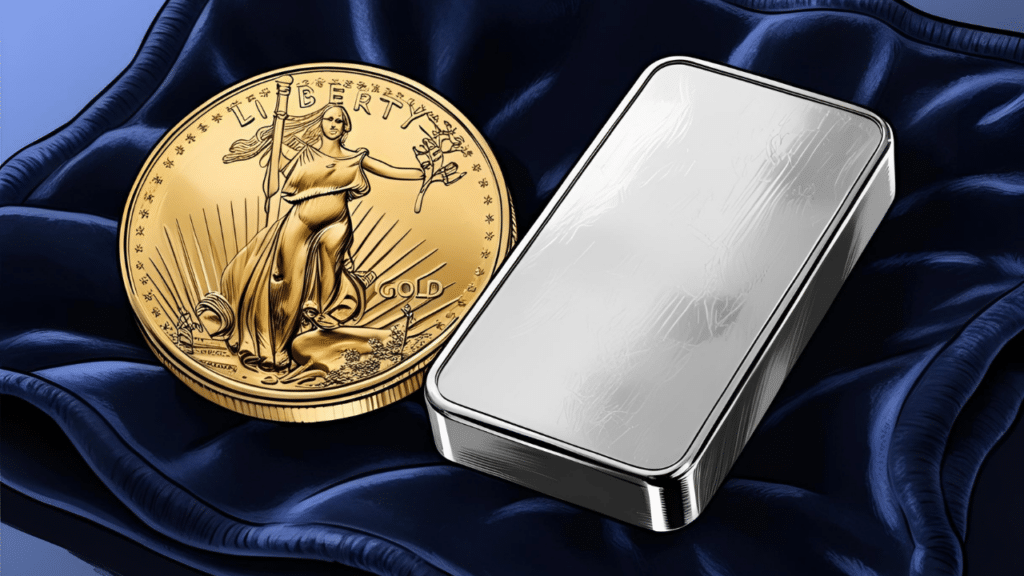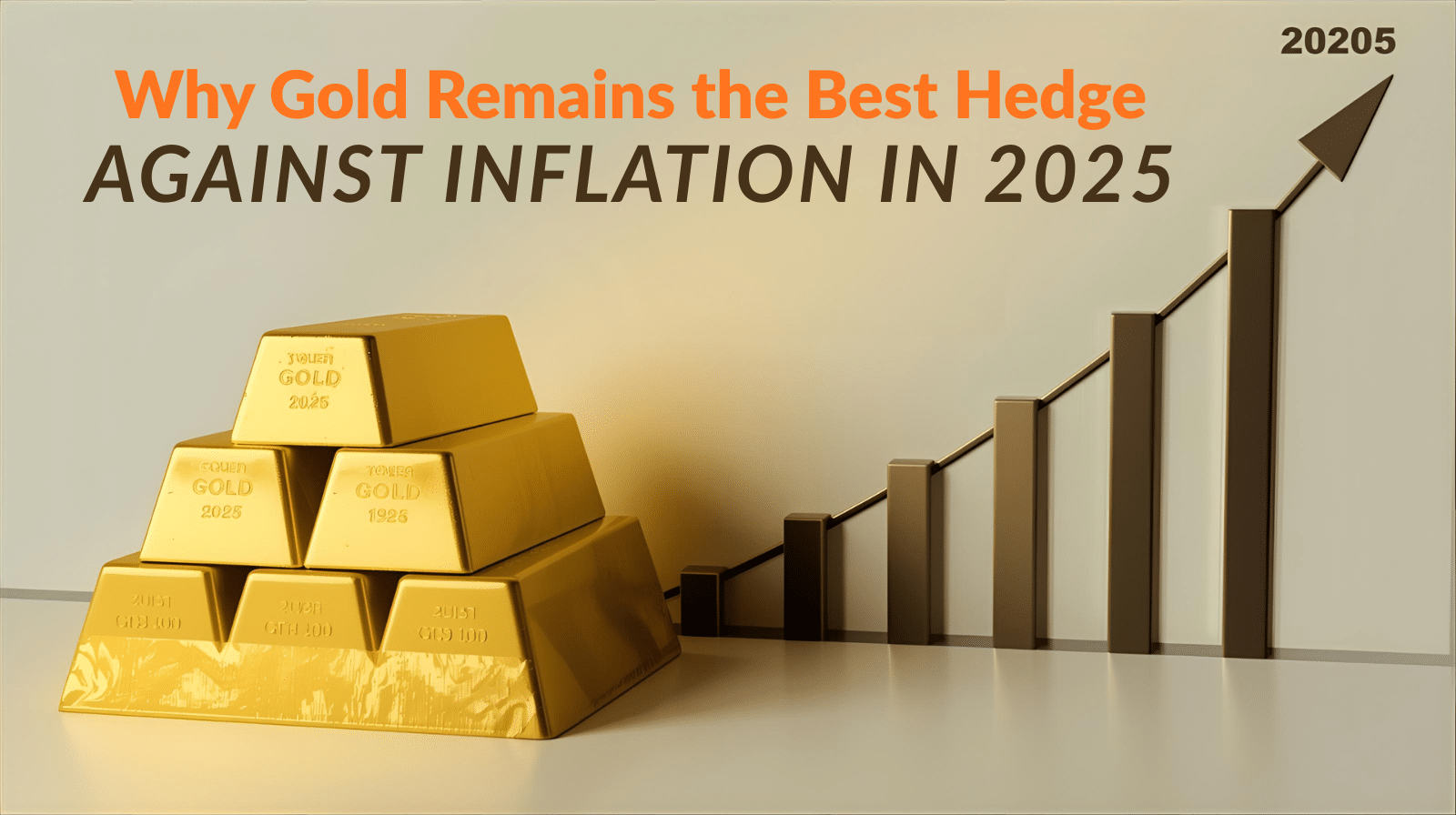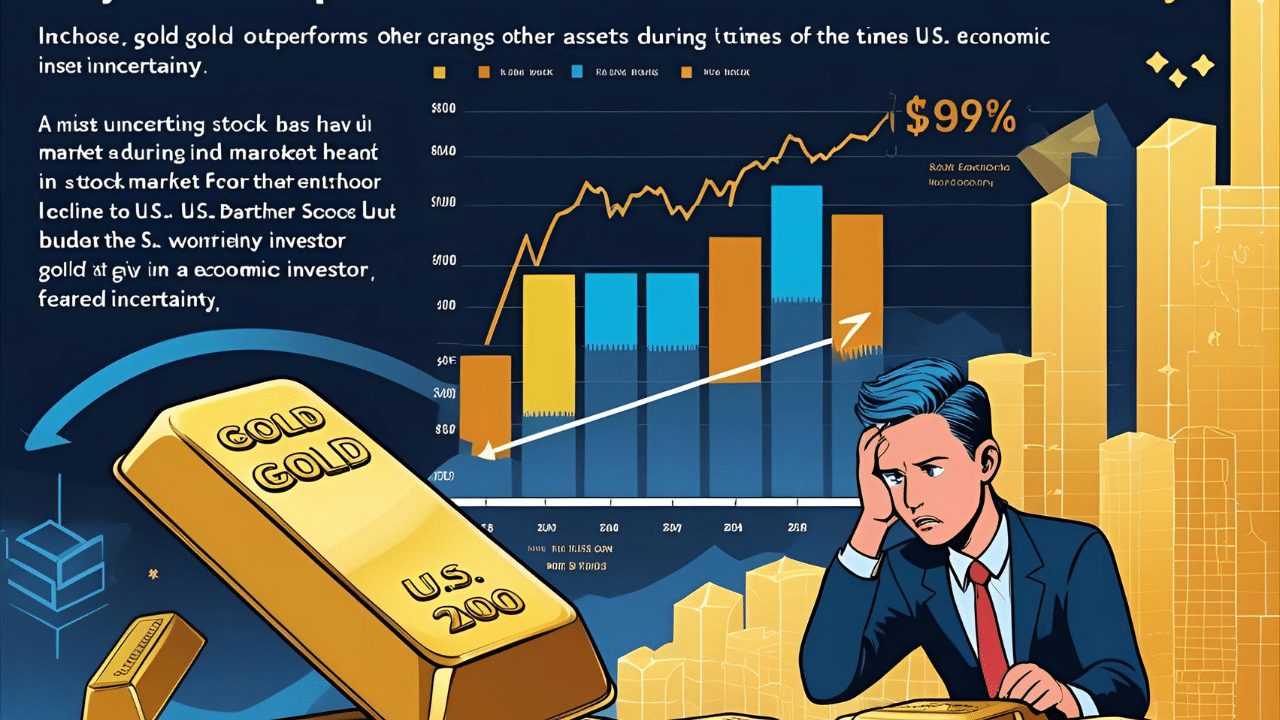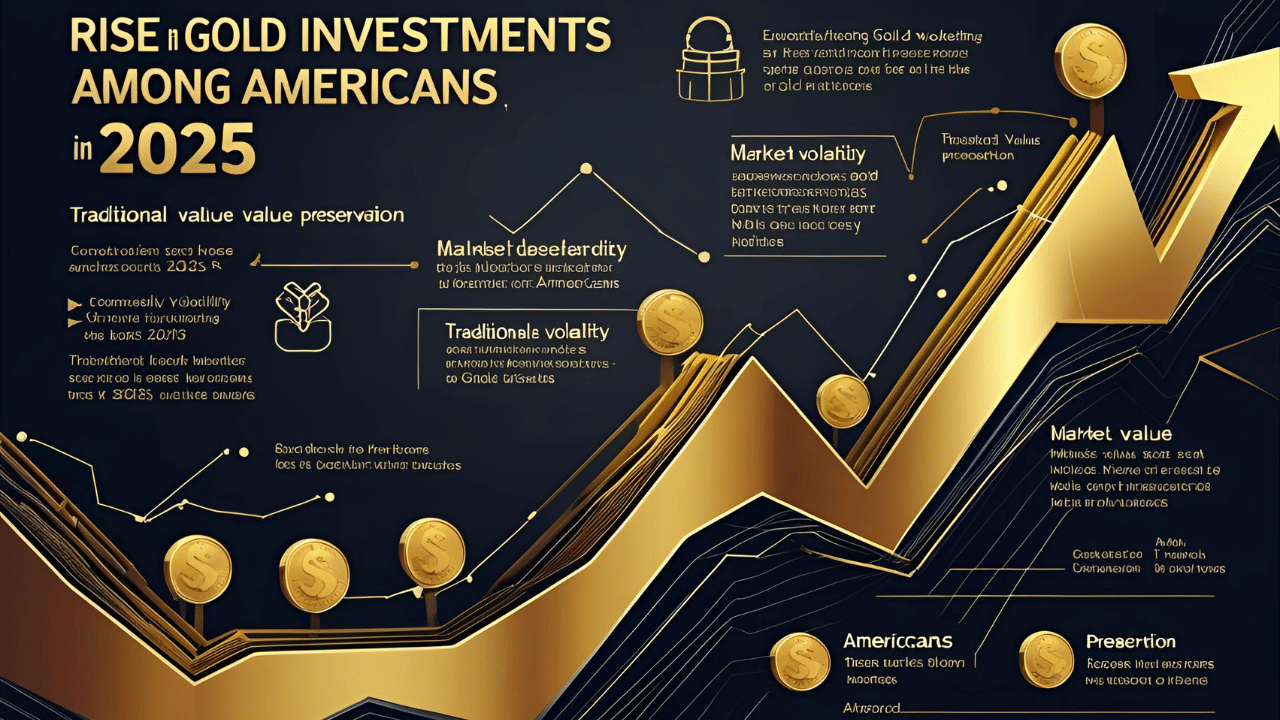Table of Contents
- Introduction: The Role of Precious Metals in Modern Portfolios
- Understanding Gold and Silver
- 2.1 What is Gold?
- 2.2 What is Silver?
- 2.3 Historical Performance: Gold vs. Silver Over Centuries
- Market Dynamics: Key Drivers of Gold and Silver Prices
- 3.1 Economic Factors (Inflation, Interest Rates, Currency Fluctuations)
- 3.2 Industrial Demand (Silver’s Unique Edge)
- 3.3 Geopolitical Risks and Safe-Haven Demand
- Investment Vehicles: How to Invest in Gold and Silver
- 4.1 Physical Ownership (Bullion, Coins)
- 4.2 ETFs and Mutual Funds
- 4.3 Futures, Options, and CFDs
- 4.4 Mining Stocks and Royalty Companies
- Gold vs. Silver: Risk and Return Analysis
- 5.1 Volatility Comparison (Silver’s Higher Swings)
- 5.2 Liquidity and Market Accessibility
- 5.3 Correlation with Other Asset Classes
- Portfolio Allocation Strategies
- 6.1 Hedging Inflation with Gold
- 6.2 Silver’s Growth Potential in Green Energy
- 6.3 Balancing Gold and Silver for Diversification
- Tax Implications and Regulatory Considerations
- 7.1 Tax Treatment in the U.S., EU, and Asia
- 7.2 Reporting Requirements and Compliance
- Case Studies
- 8.1 Gold’s Rally During the 2008 Financial Crisis
- 8.2 Silver’s 2021 Reddit-Driven Price Surge
- Expert Opinions and Forecasts
- 9.1 Interviews with Analysts (Goldman Sachs, World Gold Council)
- 9.2 2024 Price Predictions for Gold and Silver
- Common Myths and Misconceptions
- 10.1 “Gold is a Barbarous Relic”
- 10.2 “Silver is Too Volatile for Serious Investors”
- Future Trends: The Evolving Role of Precious Metals
- 11.1 Digital Gold and Blockchain Innovations
- 11.2 Silver’s Role in the Green Energy Transition
- FAQs: Answering Critical Investor Questions
- Conclusion: Building a Resilient Portfolio
- References and Further Reading

1. Introduction: The Role of Precious Metals in Modern Portfolios
In an era of economic uncertainty, inflation, and market volatility, investors are increasingly turning to gold and silver to safeguard wealth. But which metal aligns with your financial goals? This guide dives deep into the historical performance, risk-return profiles, and strategic roles of gold and silver, empowering you to make informed decisions.
Key Takeaways:
- Gold is a proven safe-haven asset with low volatility.
- Silver offers dual utility as both a monetary and industrial metal.
- A balanced allocation can hedge against systemic risks and capitalize on growth opportunities.
2. Understanding Gold and Silver
2.1 What is Gold?
Gold has been a symbol of wealth for 6,000 years, prized for its rarity, malleability, and resistance to corrosion. Today, it serves as:
- A central bank reserve asset (33,000+ tons held globally).
- A jewelry staple (47% of annual demand).
- A tech component in electronics and aerospace.
2.2 What is Silver?
Silver’s applications span industries:
- Industrial Demand: 50% of consumption (solar panels, EVs, 5G tech).
- Monetary Role: Historically used in coinage; modern ETFs like SLV.
- Price Sensitivity: Smaller market size ($1.5T) vs. gold ($12T) amplifies volatility.
2.3 Historical Performance
- Gold: Rose from $35/oz (1971) to $2,075/oz (2020 peak).
- Silver: Surged from $1.31/oz (1970) to $49/oz (2011 high).
- Gold/Silver Ratio: Averaged 70:1 but spiked to 125:1 during COVID-19.
3. Market Dynamics: Key Drivers of Gold and Silver Prices
3.1 Economic Factors
- Inflation: Gold thrives as a store of value (e.g., 1970s stagflation).
- Interest Rates: Rising rates dampen gold’s appeal (no yield).
- USD Strength: A weaker dollar boosts metal prices (inverse correlation).
3.2 Industrial Demand
- Silver: 60M ounces used annually in solar panels alone.
- Gold: Tech sector consumes 8% of supply (semiconductors, medical devices).
3.3 Geopolitical Risks
- Gold prices surged 25% during the 2022 Russia-Ukraine conflict.
- Silver’s industrial ties buffer it during peacetime but lag in crises.
4. Investment Vehicles: How to Invest
4.1 Physical Ownership
- Pros: Tangible asset, no counterparty risk.
- Cons: Storage costs (0.5–1% annually), liquidity challenges.
4.2 ETFs and Mutual Funds
- Top Gold ETFs: GLD ($60B AUM), IAU.
- Top Silver ETFs: SLV ($15B AUM), SIVR.
4.3 Futures and CFDs
- Gold Futures: Traded on COMEX (100-oz contracts).
- Silver CFDs: High leverage (up to 1:100) amplifies risk.
5. Risk and Return Analysis
5.1 Volatility
- Gold: 12% annualized volatility (2010–2023).
- Silver: 22% volatility due to industrial demand swings.
5.2 Liquidity
- Gold trades $150B daily (forex + futures), ensuring instant exits.
- Silver’s $30B daily volume poses slippage risks in large orders.
6. Portfolio Allocation Strategies
6.1 Conservative Investors (60% Stocks, 30% Bonds, 10% Metals)
- Gold: 8% (hedge against inflation).
- Silver: 2% (growth kicker).
6.2 Aggressive Investors (80% Stocks, 20% Metals)
- Silver: 15% (bet on green energy boom).
- Gold: 5% (crisis insurance).
7. Tax Implications
- U.S.: Physical gold taxed at 28% (collectibles); ETFs at 37%.
- EU: VAT exempt on investment-grade gold; 20% VAT on silver.
8. Case Studies
8.1 Gold’s 2008 Surge
As equities crashed 50%, gold rallied 25%, shielding portfolios.
8.2 Silver’s 2021 Reddit Rally
Retail investors drove silver from $25 to $30/oz, highlighting its volatility.
9. Expert Opinions
- Goldman Sachs: “Gold to hit $2,300/oz by 2024 amid recession fears.”
- Silver Institute: “Solar demand will boost silver to $35/oz by 2025.”
10. Common Myths Debunked
- Myth: “Gold Doesn’t Earn Interest.”
Reality: Gold outperforms bonds in high-inflation regimes.
11. Future Trends
- Digital Gold: Tokenized assets (e.g., PAXG) bridge crypto and metals.
- Green Silver: Solar farms will require 1B+ ounces by 2030.
12. FAQs
Q: Should I buy gold or silver in 2024?
A: Gold for stability, silver for growth. Allocate based on risk tolerance.
Q: Is silver better for inflation than gold?
A: Historically, gold outperforms during hyperinflation (e.g., 1970s).
13. Conclusion
Gold and silver are complementary, not competing, assets. While gold anchors portfolios during storms, silver sails toward industrial growth. By understanding their nuances, you can craft a strategy that balances safety and ambition.






